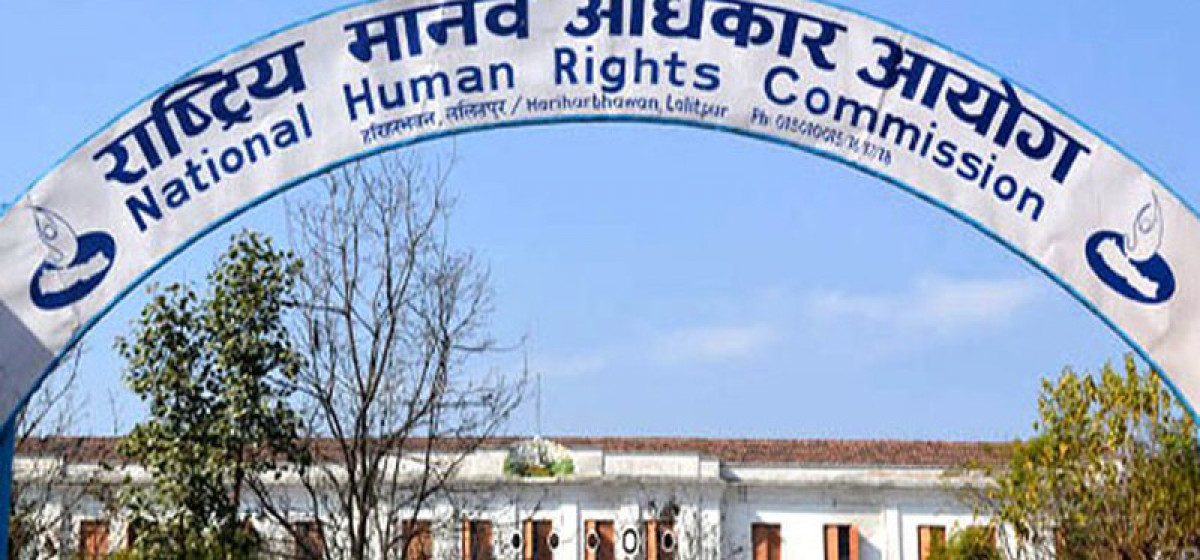KATHMANDU, June 21: Following the unanimous endorsement of the second constitution amendment bill by both houses of the federal parliament on Thursday, the government has already updated the country's national emblem with a new political map that includes Kalapani, Lipu Lekh and Limpiyadhura. It is now in the process to replace the national emblem in all official documents including official letterheads, stamps, passports and citizenship certificates.
But with reports that India is considering not to accept any official letter or correspondence from Nepal as these documents contain the national emblem with the updated political map depicting territories claimed and controlled by India now, this has stirred a fresh controversy on what to do with the national emblem that bears the image of the country's new political map.
The logic behind that decision under consideration within the South Block in New Delhi, according to a media report, is that accepting them may be interpreted as accepting Nepal’s new map with the territorial claim. As the border issues may take years to resolve, the controversy about the national emblem has been stronger as the issue of political map could hold the important bilateral relations hostage.
NHRC expresses concerns over plight of 54 Nepali workers held h...

Officials at the Ministry of Foreign Affairs (MoFA), however, say they do not anticipate any such situation to arise as Nepal has consistently maintained that the border issue with India should be resolved through diplomatic negotiation on the basis of historical facts and evidence.
Most countries including the US, the UK, Russian Federation, Germany, India and China do not have their maps in their national emblems. The People's Republic of China, for instance, has a red circle - a representation of the Tiananmen Gate of Beijing and five stars. India has a lion which faces four different directions with the motto, ‘Truth always Triumphs’.
The national emblem of the Kingdom of Nepal did not have the country's political map on it. But after the second people’s movement and the promulgation of the interim constitution in 2007, the old national emblem was replaced with a new one that included the country's political map.
In fact, this necessitated the government to rush for a fresh constitution amendment to update the national emblem following a decision of the government to endorse the new political map on May 18.
Director of a Kathmandu-based think-tank, Center for South Asian Studies (CSAS), Dr Nishchal N Pandey, who has been voicing his concerns in social media in the last three months regarding the map on our coat of arms, said the national emblem has a number of flaws. “After the Ministry of Health brought out a directive not to shake hands to avoid the transmission of coronavirus, the artistic imagery of a handshake got into a heated debate,” recalled Pandey.
In fact, the health ministry directive was unconstitutional because our national logo encourages citizens to shake hands. There are also fourteen rhododendrons on top of the Himalayas. Flowers don’t bloom above the mountains and one is uncertain what the number 14 refers to? There were fourteen zones in the country during the Panchayat era, but these administrative units are no longer in use after the country embraced a federal structure.
Experts argue that the national emblem that includes a political map could make Nepal's border issue with India additionally tricky, although other countries including Pakistan and China also have border issues with India. Pakistan, for instance, does not have its boundary line in its national ‘coat of arms’. It has a mullet and a crescent instead. "Had there been a map of Jammu and Kashmir in either of the logos of India and Pakistan, surely their letters containing the official stamps would be rejected by one another, creating a big hassle for officials," Dr Pandey argued further.


































